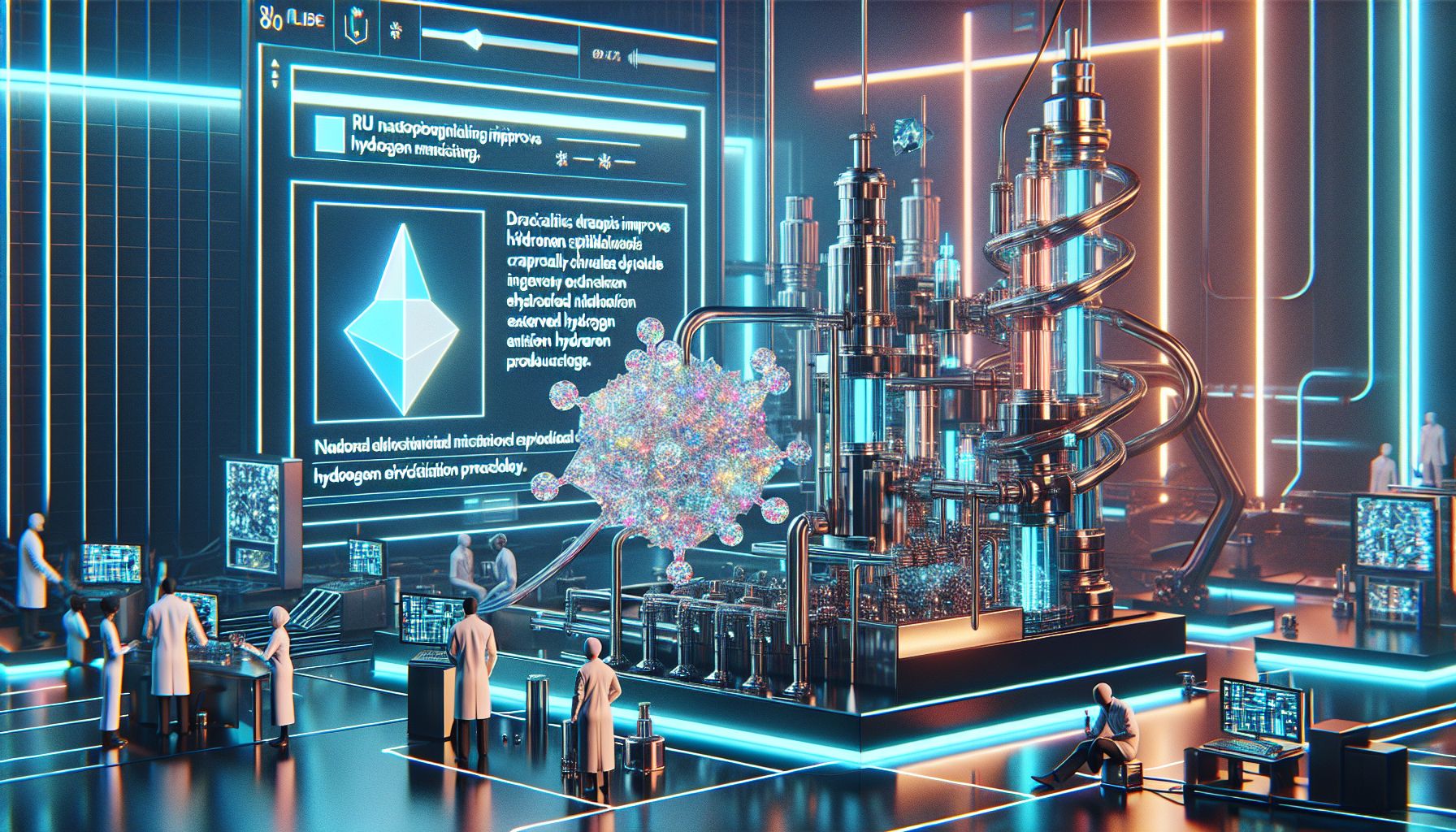How Crystal Phase Engineering Boosts Hydrogen Production

N/A, Tuesday, 18 February 2025.
Researchers found that tailoring the crystal phase of Ru nanoparticles drastically improves hydrogen spillover, enhancing hydrogen evolution reactions. This sets a new efficiency benchmark in hydrogen production technology.
Breakthrough in Hydrogen Evolution
I’ve been analyzing some fascinating developments in hydrogen production technology, where researchers have achieved remarkable results through crystal phase engineering. The standout discovery shows that hexagonal tungsten oxide (WO3-H) supports for Ruthenium nanoparticles achieved an impressive overpotential of just 43.8 mV at 10 mA cm−2 [1]. This performance sets a new benchmark in the field, particularly when paired with a Tafel slope of 49.1 mV dec−1 [1].
The Science Behind the Efficiency
What makes this advancement particularly interesting is how it works at the molecular level. The key lies in something called the ‘work function difference’ (ΔWF) between the Ruthenium and its support material. When using the hexagonal WO3 structure, this difference is minimized, which significantly enhances hydrogen spillover effects [1]. I’m particularly excited about the recent development where researchers have further optimized Ru nanoparticles using ligand modification, achieving an even lower overpotential of 17.7 mV at 10 mA cm−2 in alkaline solutions [2].
Practical Applications and Future Impact
The implications of this research extend beyond the laboratory. With hydrogen energy boasting an impressive energy density of 146 kJ g⁻¹ [2], these efficiency improvements could revolutionize green hydrogen production. We’re seeing this technology’s potential in real applications - for instance, recent studies have demonstrated that optimized Cu-doped catalysts can achieve hydrogen production rates of 55.81 mmol g⁻¹ h⁻¹ [4]. This represents a significant step forward in making hydrogen a more viable clean energy source. Furthermore, ongoing research into ammonia decomposition using Ru-based catalysts [3] suggests we’re just beginning to unlock the full potential of crystal phase engineering in hydrogen production.